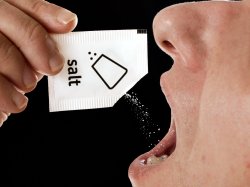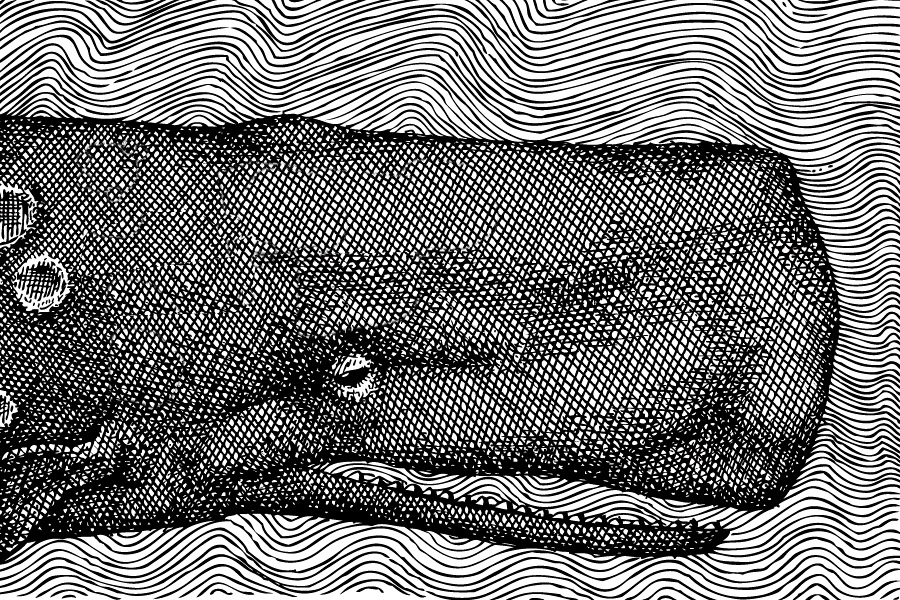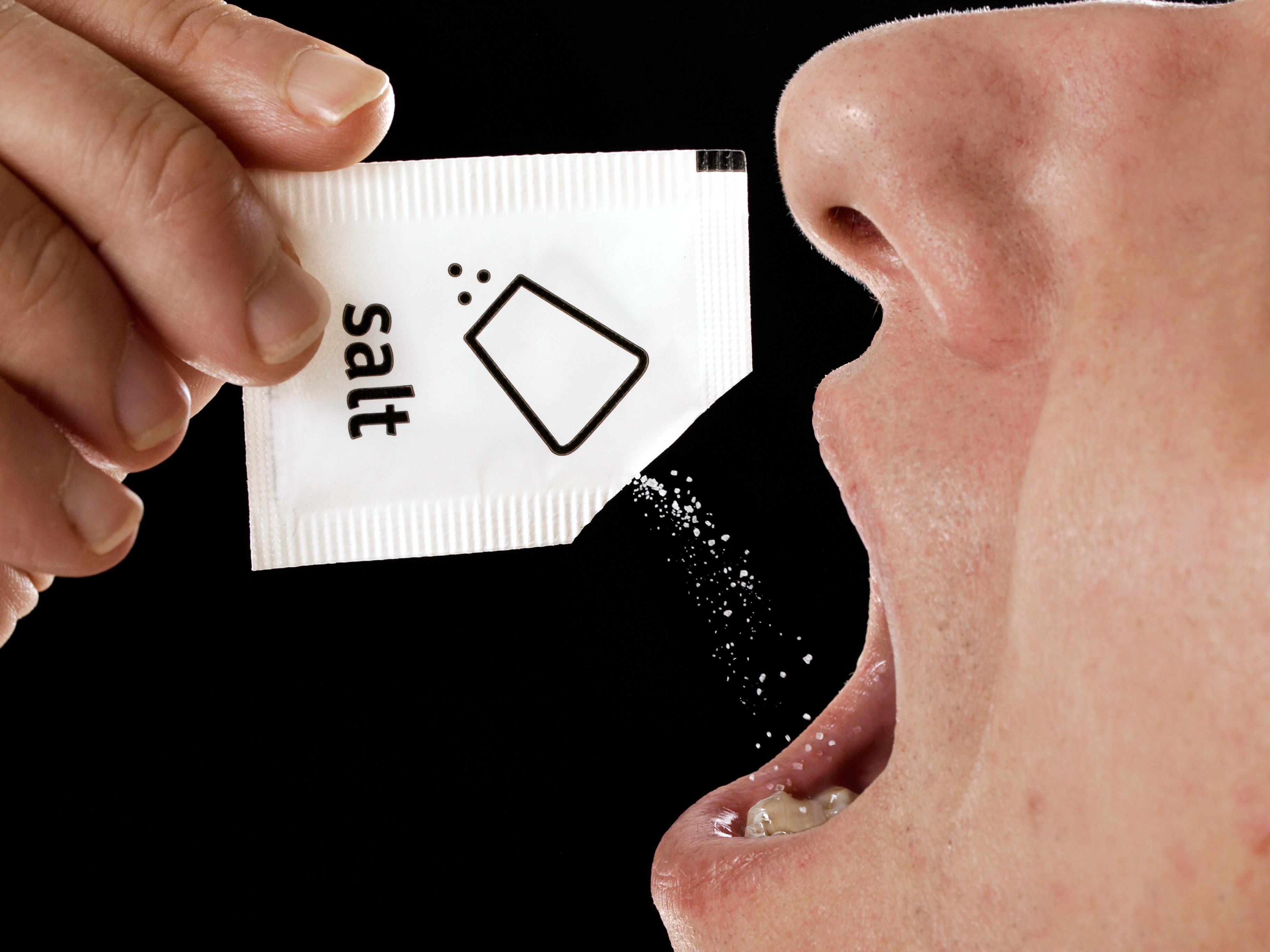
ShutterstockGo crazy, dude.
Salt’s membership in junk food’s holy trinity (along with sugar and fat) means it’s one of the food industry’s essential tools for making its products addictively good. (Journalist Michael Moss reveals this in his eye-opening book Salt Sugar Fat, but if you’ve ever housed a box of Cheez-Its solo, you already knew that.) For decades now, limiting salt intake has been part of the public-health mantra; groups like the American Heart Association vilify salt for its links to high blood pressure and cardiovascular disease and recommend that we all aim for no more than 1,500 milligrams a day of salt consumption.
But all of a sudden a new report is causing a stir by saying that recommendation may be meaningless, and that consuming extremely low levels of sodium could actually be harmful.
Far out. Pass the Cheez-Its!
Sadly, it’s not quite that simple. The report, commissioned by the Institute of Medicine and the Centers for Disease Control and Prevention, confuses more than it clarifies. It looks at studies on sodium intake and health outcomes conducted since 2005 — the last time the U.S. issued dietary guidelines on salt. Back then, the USDA recommended that the general population consume 1,500 to 2,300 milligrams a day, and that populations at risk for heart disease and high blood pressure limit intake to 1,500 milligrams. The more recent evidence calls those guidelines into question. The New York Times reports:
“As you go below the 2,300 mark, there is an absence of data in terms of benefit and there begin to be suggestions in subgroup populations about potential harms,” said Dr. Brian L. Strom, chairman of the committee and a professor of public health at the University of Pennsylvania. He explained that the possible harms included increased rates of heart attacks and an increased risk of death. …
There are physiological consequences of consuming little sodium, said Dr. Michael H. Alderman, a dietary sodium expert at Albert Einstein College of Medicine who was not a member of the committee. As sodium levels plunge, triglyceride levels increase, insulin resistance increases, and the activity of the sympathetic nervous system increases. Each of these factors can increase the risk of heart disease.
“Those are all bad things,” Dr. Alderman said. “A health effect can’t be predicted by looking at one physiological consequence. There has to be a net effect.”
Medical and public health experts responded to the new assessment of the evidence with elation or concern, depending on where they stand in the salt debates.
Some experts worry the report will send the wrong message — that we’re off the hook in terms of watching our salt. A spokesperson for the AHA said the group “remained concerned about the large amount of sodium in processed foods, which makes it almost impossible for most Americans to cut back.”
When average sodium consumption in the U.S. and around the world is still 3,400 milligrams a day (that’s according to the Institute of Medicine; Moss puts the figure at 8,500 milligrams), the report’s warnings are useless at best and misleading at worst. Americans’ sodium problem has never been a matter of oversalting our potatoes at the dinner table, as we were originally led to believe (in his book, Moss recounts the campaign to demonize the household salt shaker). Rather, our problems stem from overconsumption of sodium-laden processed food.
But while misguidedly health-conscious Americans have been suffering bland food in fear of heart disease, the processed- and fast-food industries have made little effort to reduce the sodium content of their products. A single serving of chicken strips or Caesar salad dressing can negate any table-salt stinginess. A recent study found that between 2005 and 2011, the salt content of processed foods declined by an average of 3.5 percent; for fast food, it increased 2.6 percent. The Christian Science Monitor reports:
Both of these changes were so small that they could have been due to chance, said study researcher Dr. Stephen Havas, a professor of preventive medicine at Northwestern University Feinberg School of Medicine. …
Currently, 9 in 10 Americans eat too much salt, according to the Centers for Disease Control and Prevention. The government recommends people limit their salt intake to 2,300 milligrams per day. …
“That’s nearly impossible for people to do right now, given how much salt is in restaurant and processed foods,” Havas said.
As with anything, a moderate amount of salt is good for you, and for some people, consuming less than 1,500 milligrams of it a day could apparently lead to low insulin levels, heart attacks, and death. But if you’re anything like the average American, you’re nowhere close to levels that low. So carry on with what you already knew: Fast food and processed food are loaded with salt and other ingredients designed to get you hooked. Avoid them as much as possible, and you should be just fine. Pass the salt shaker.



